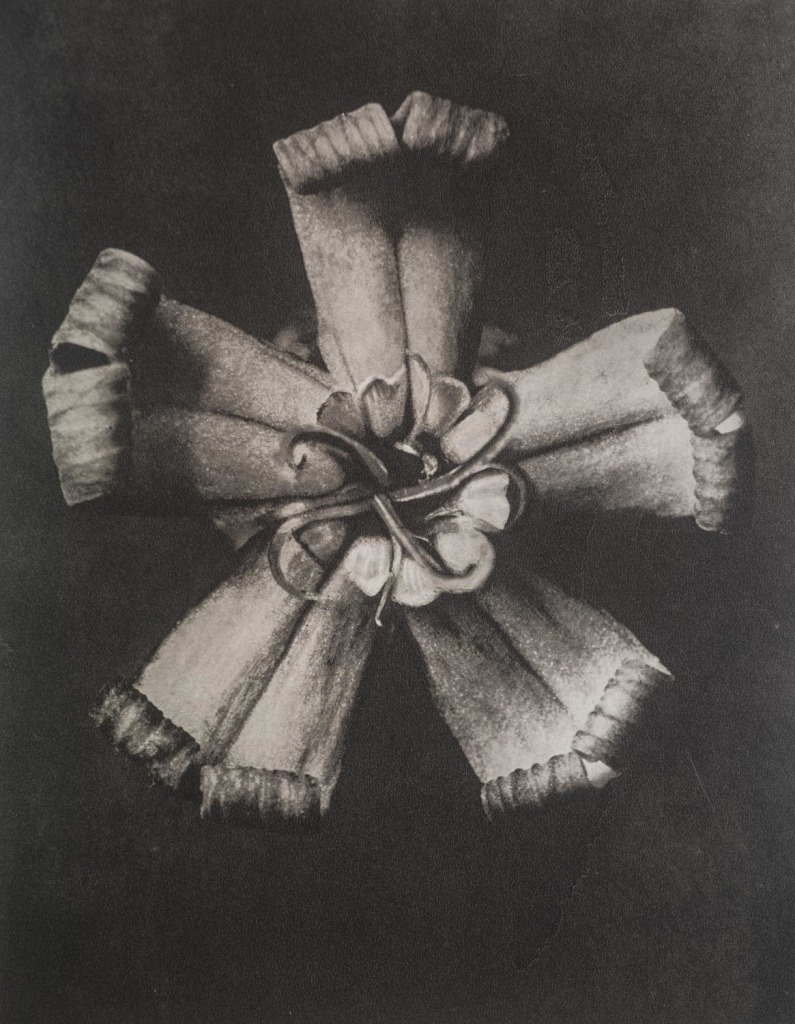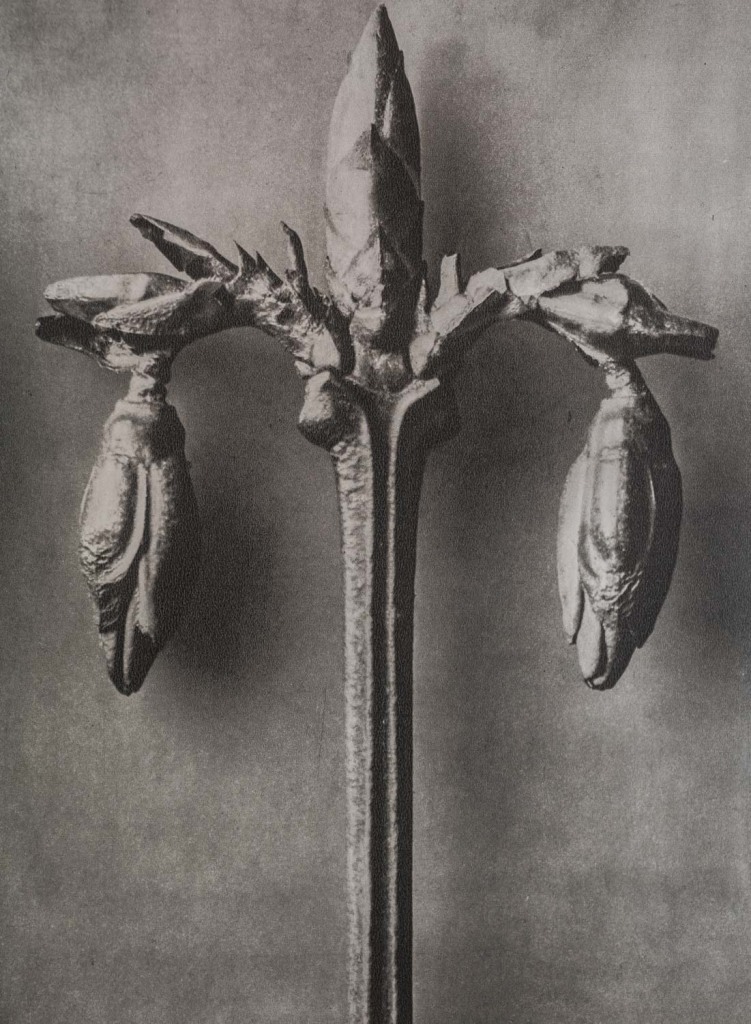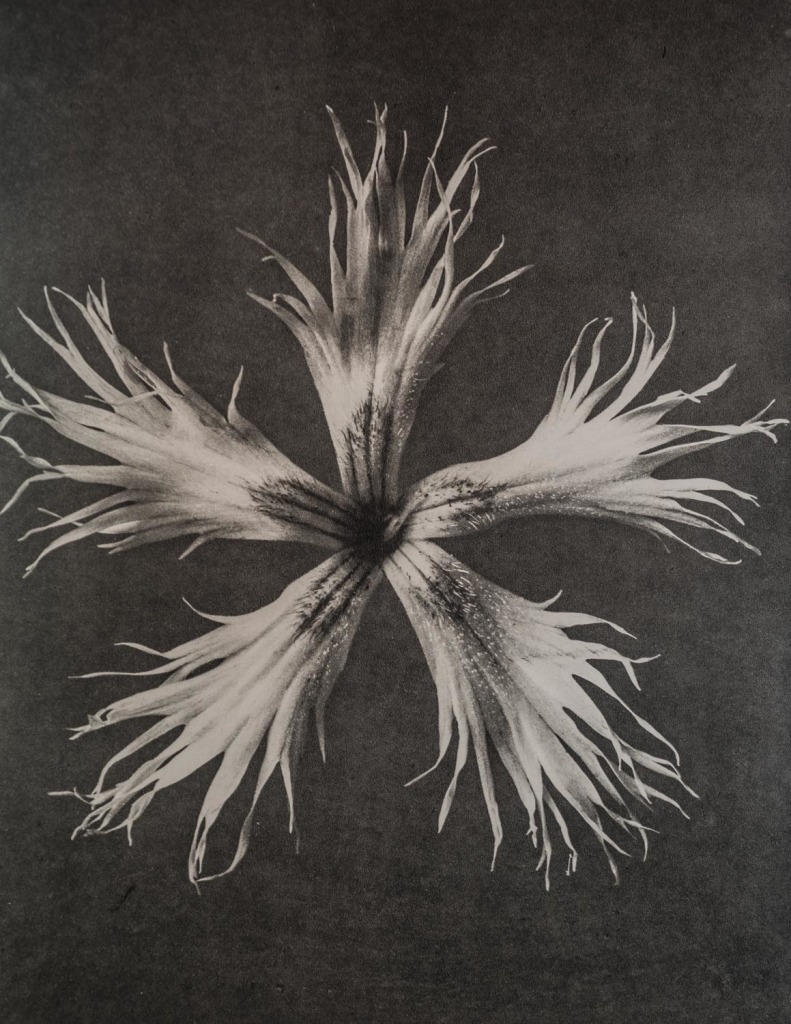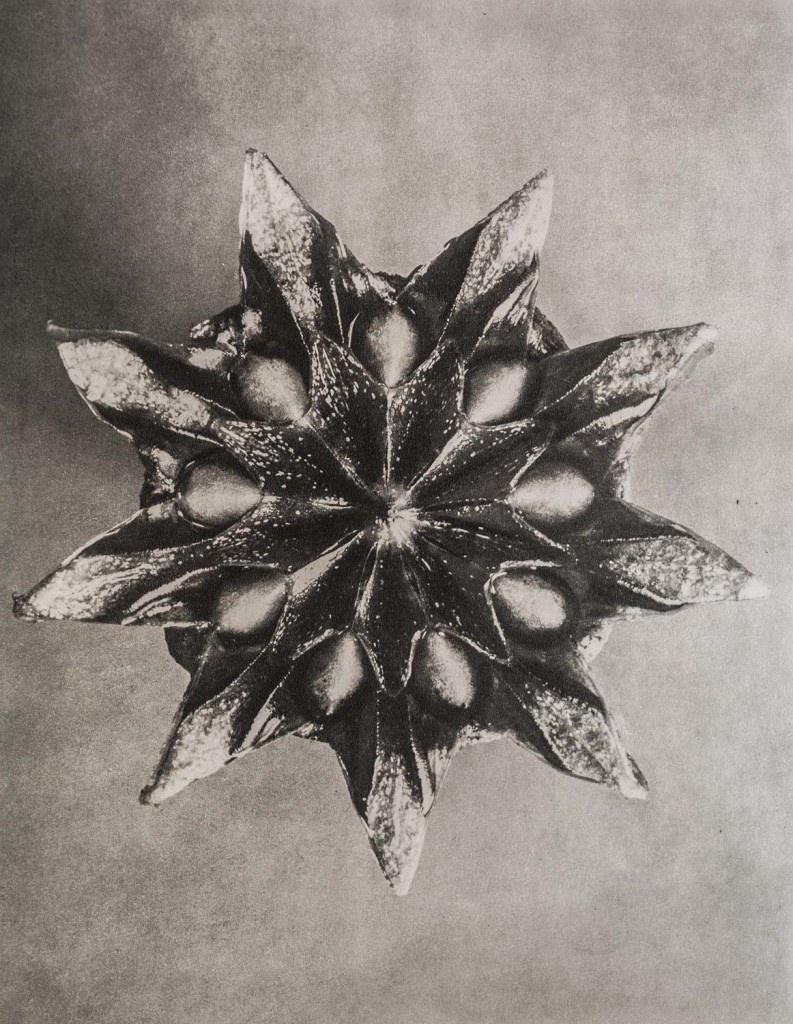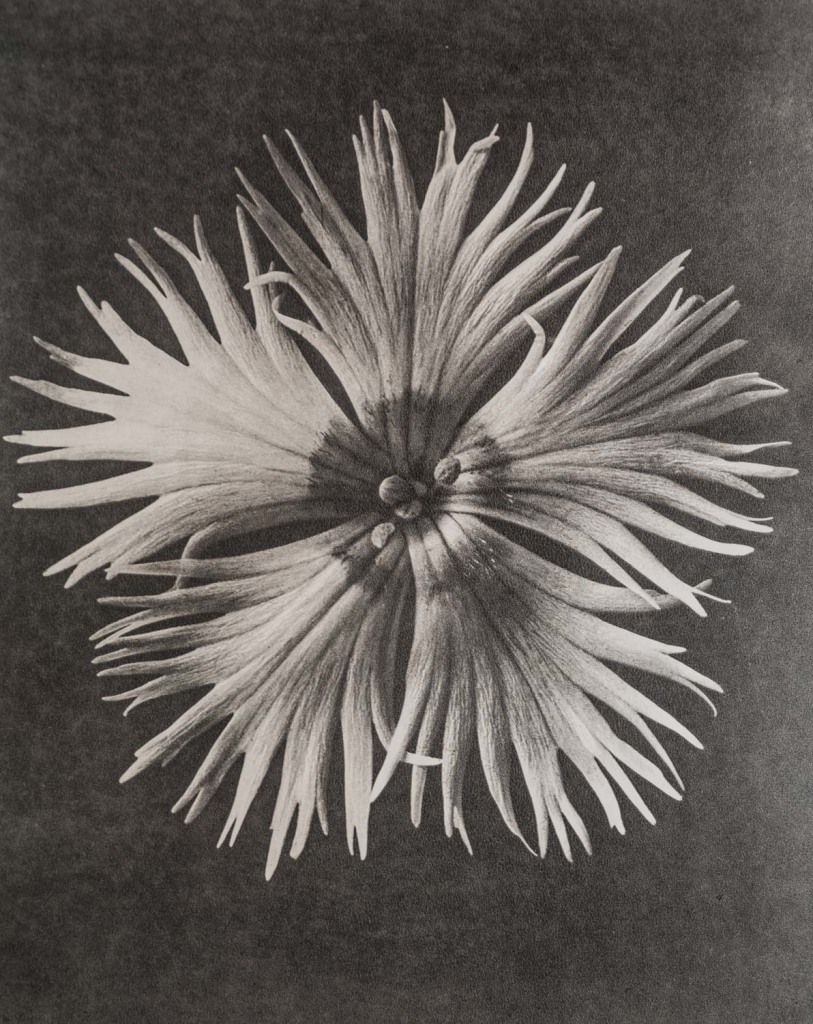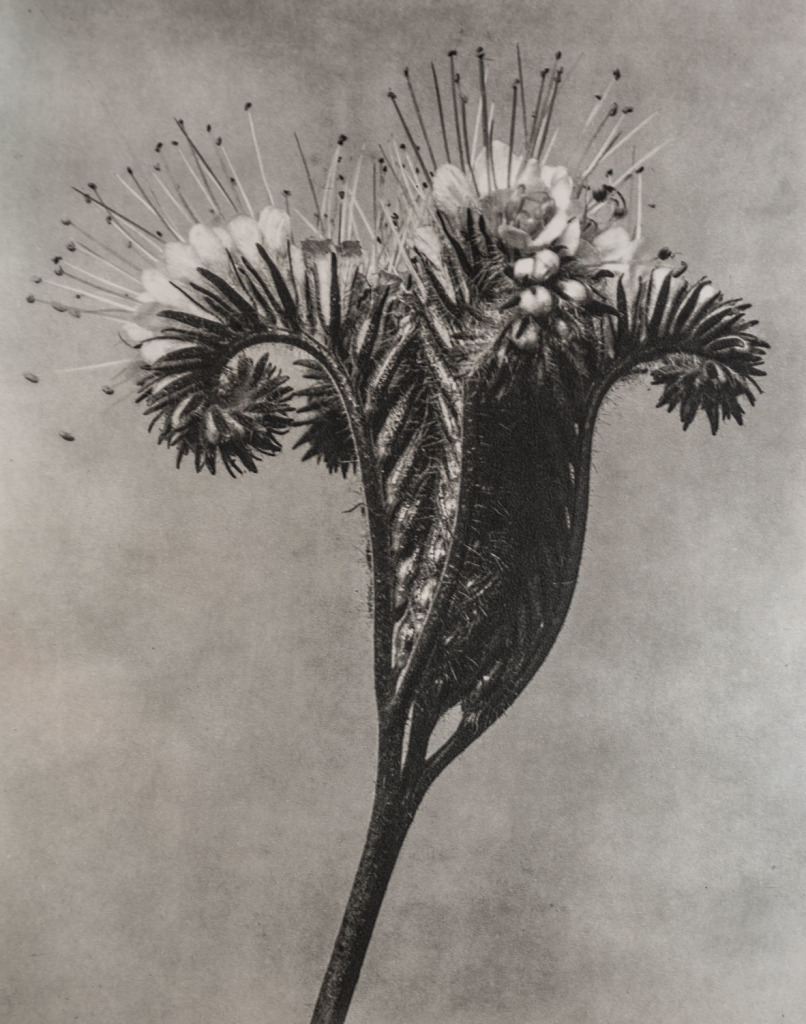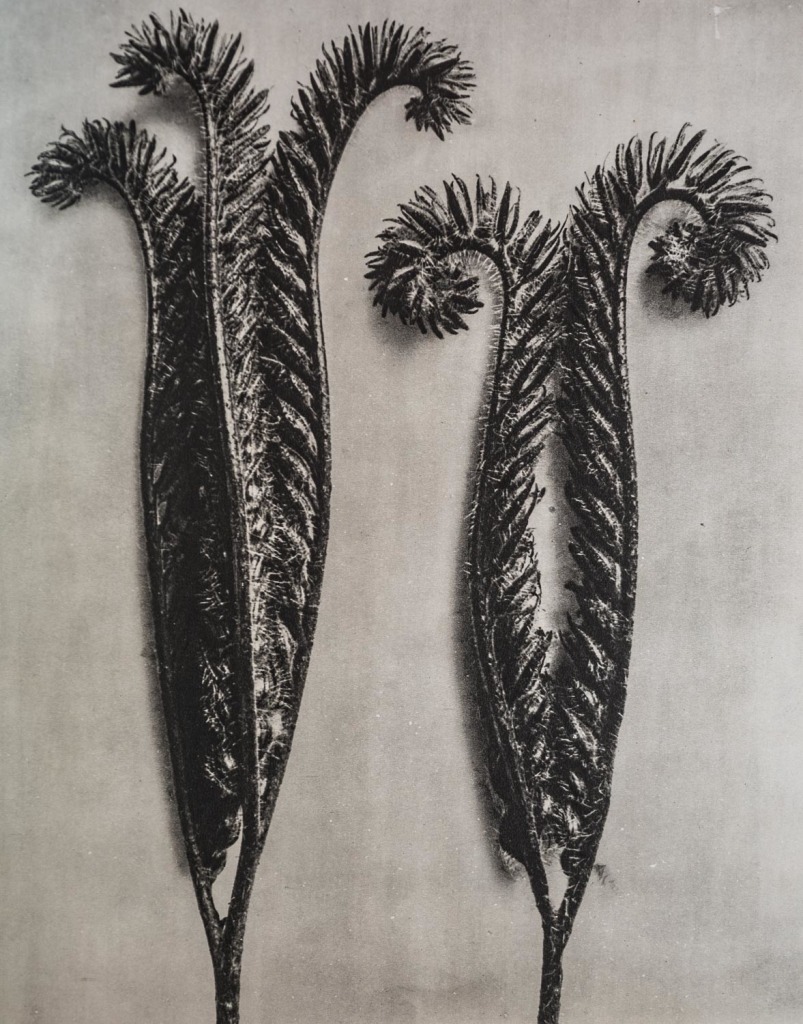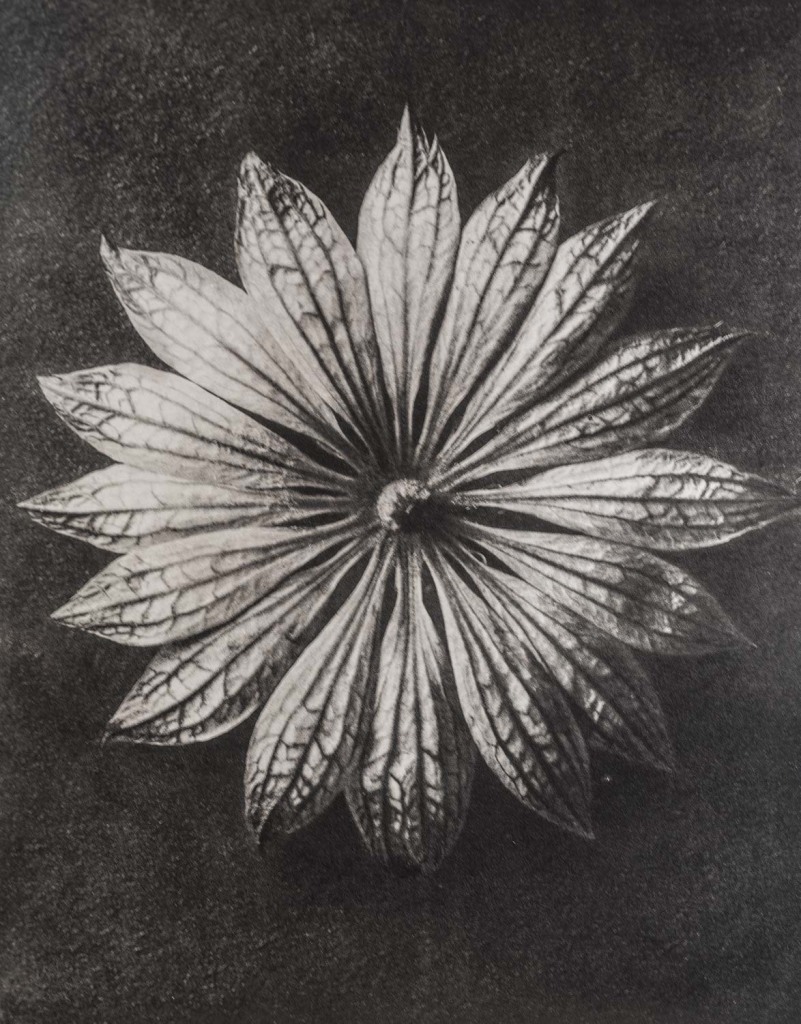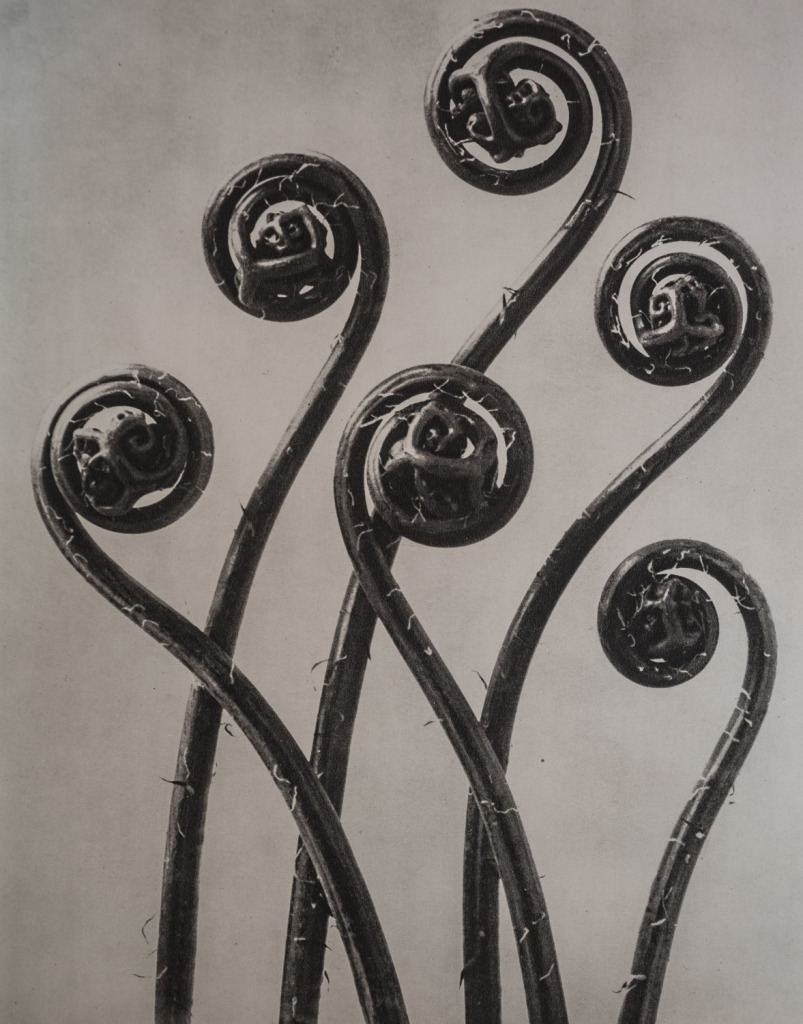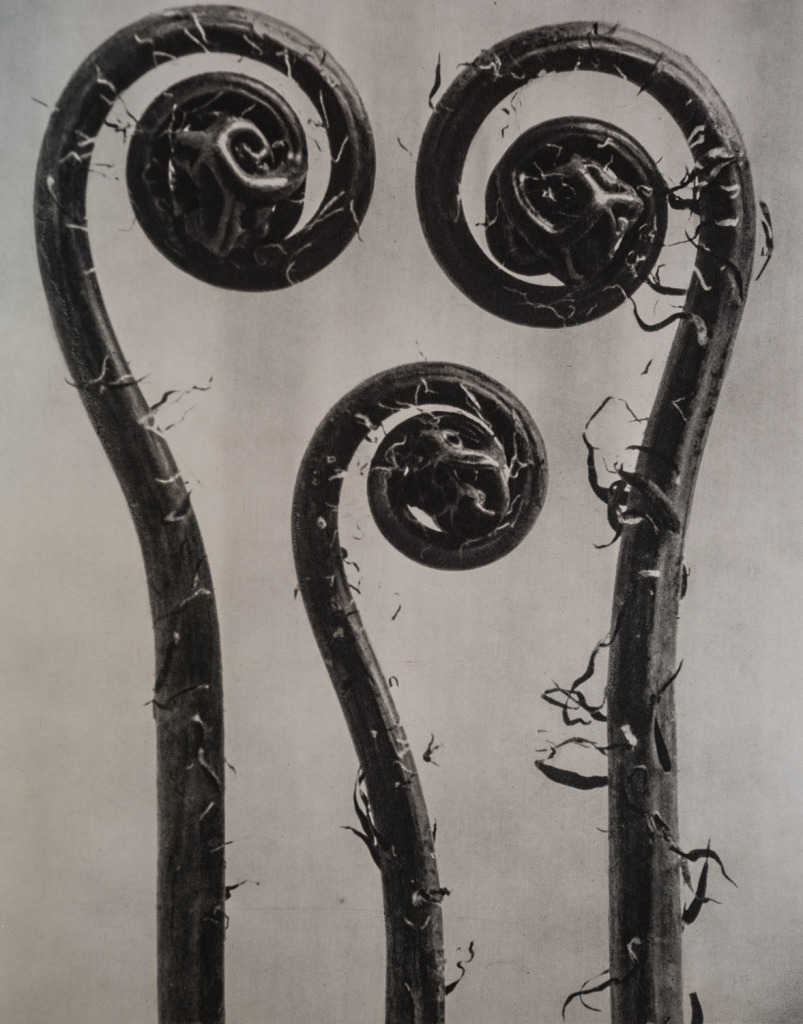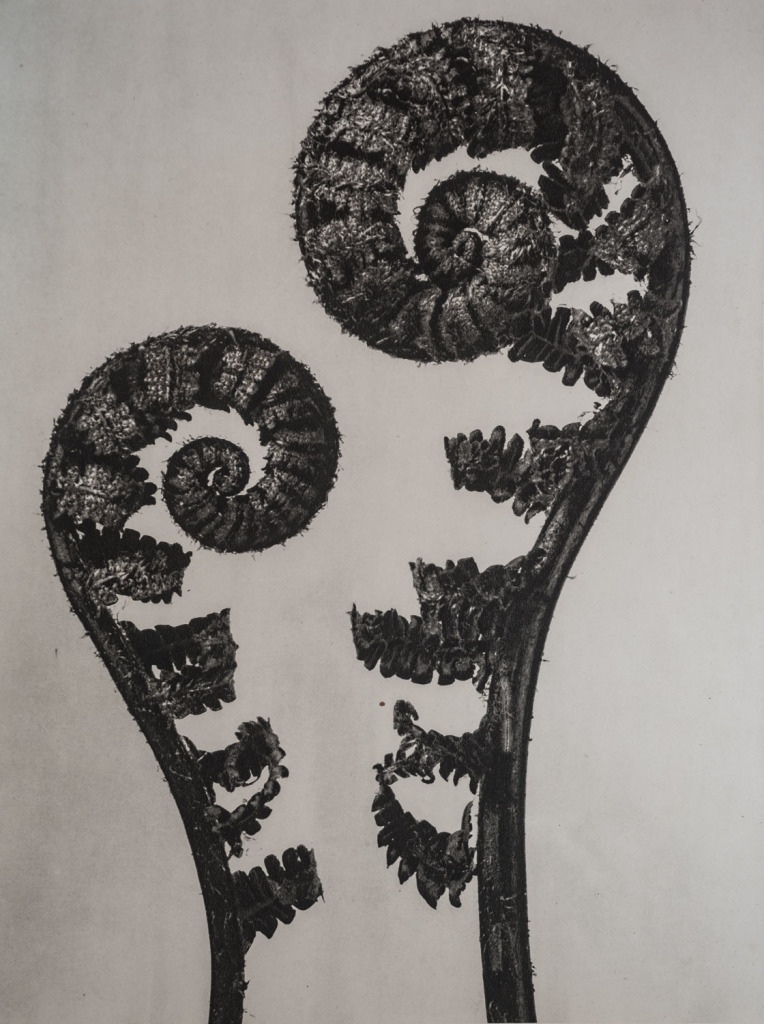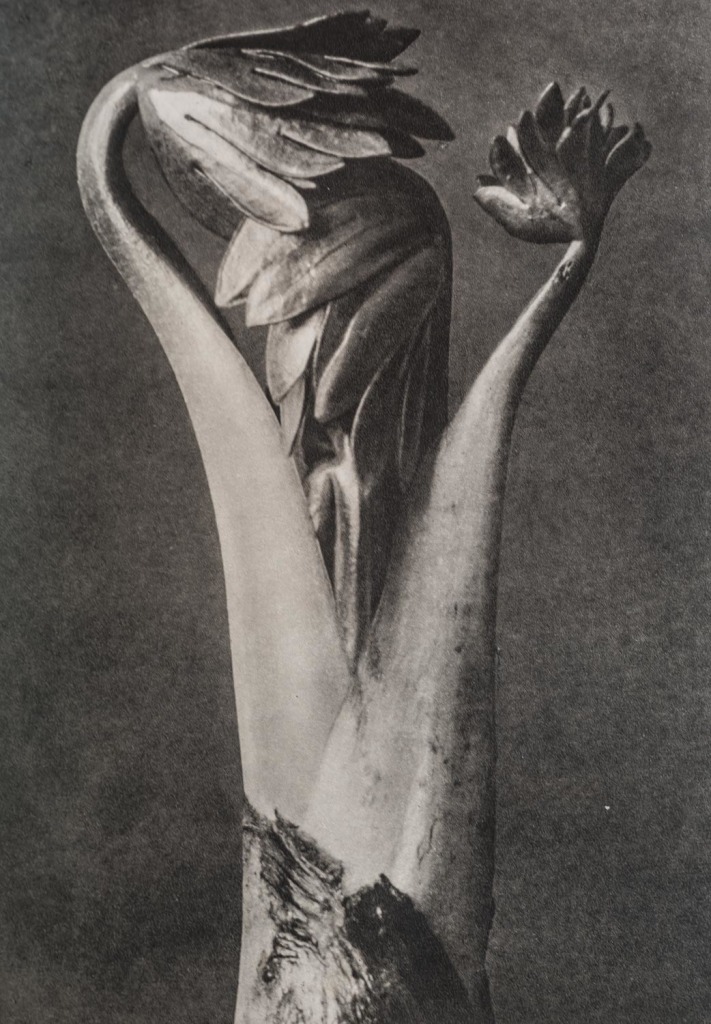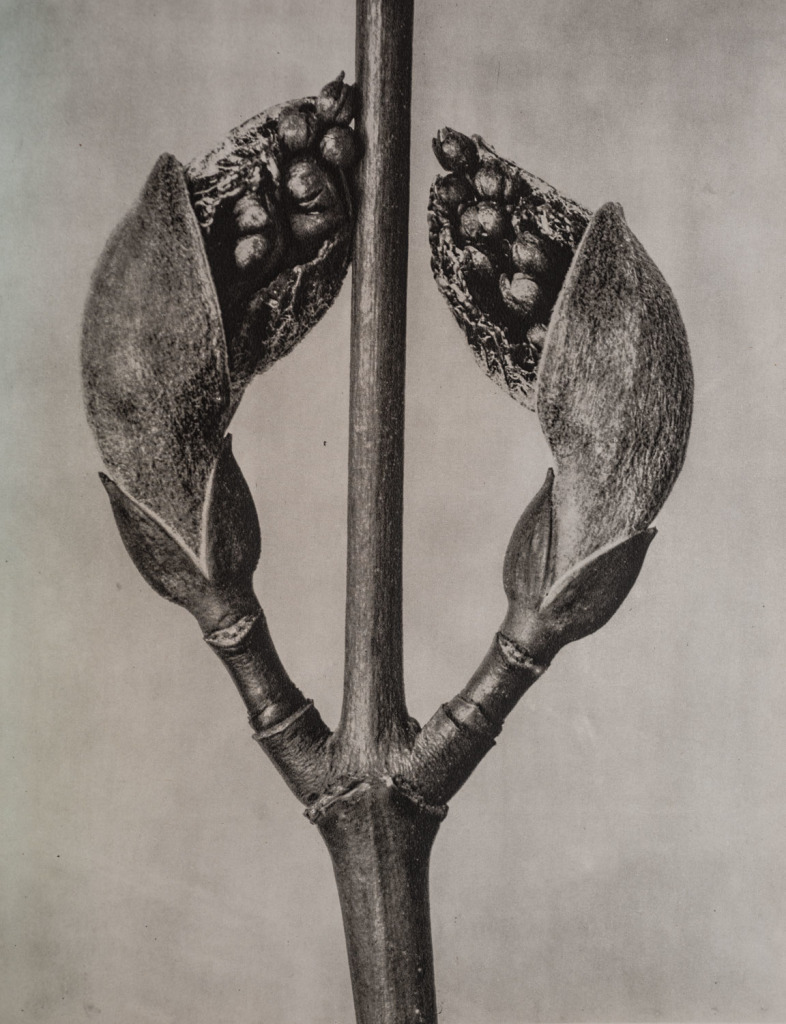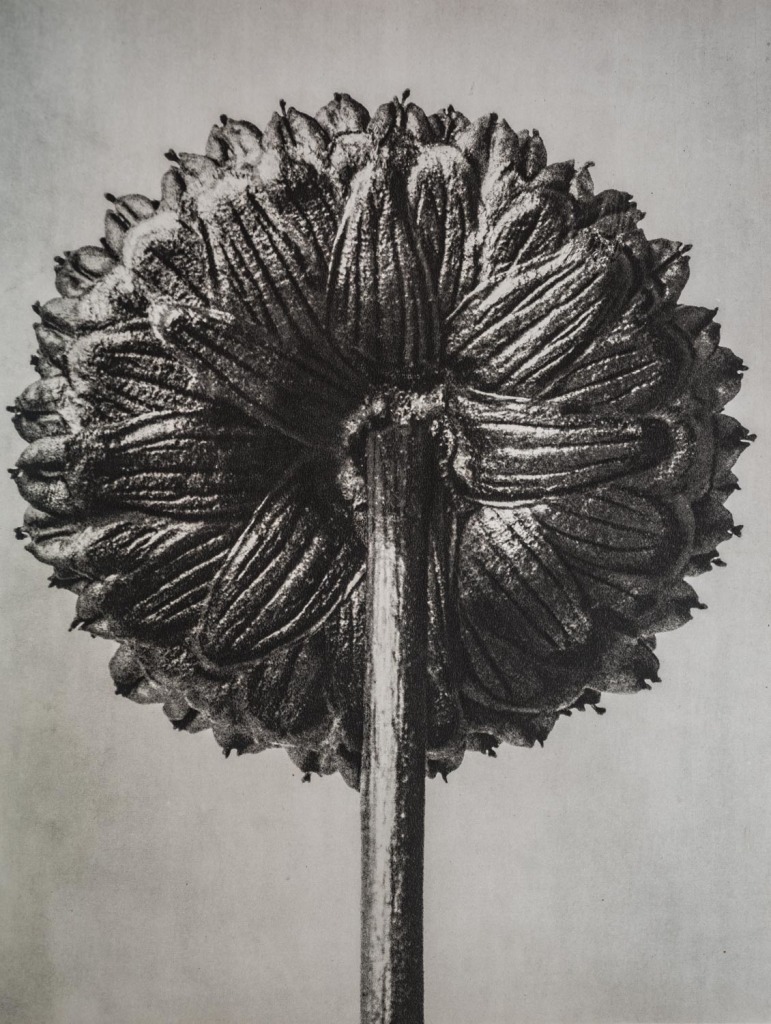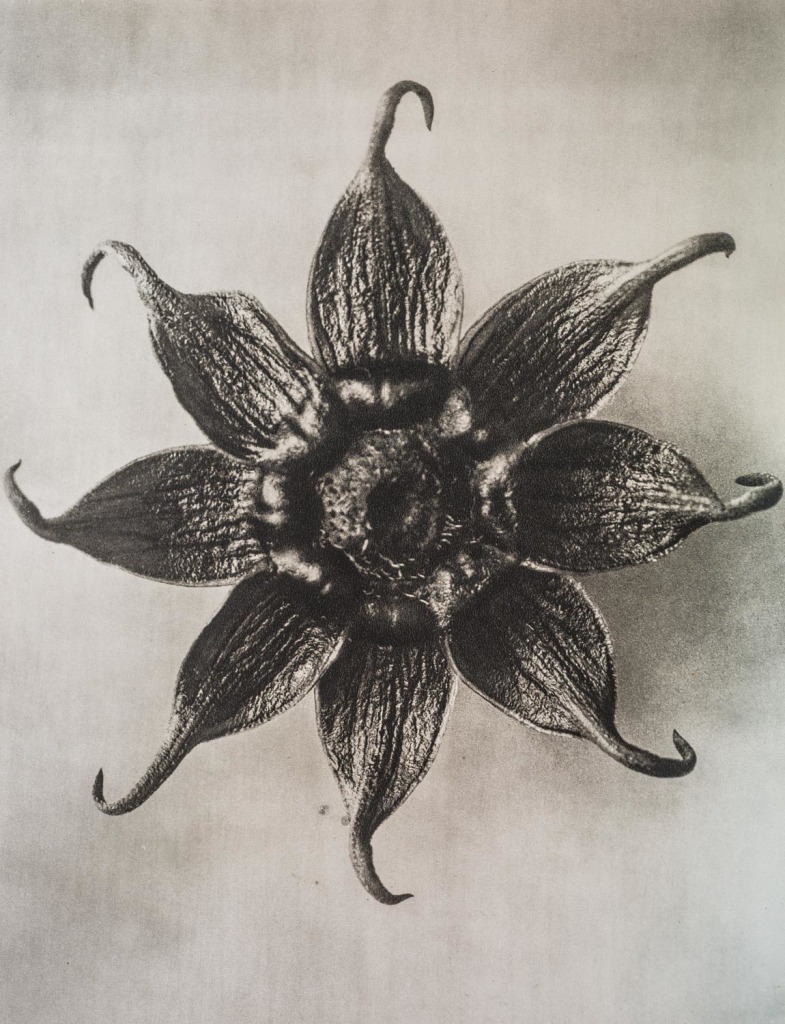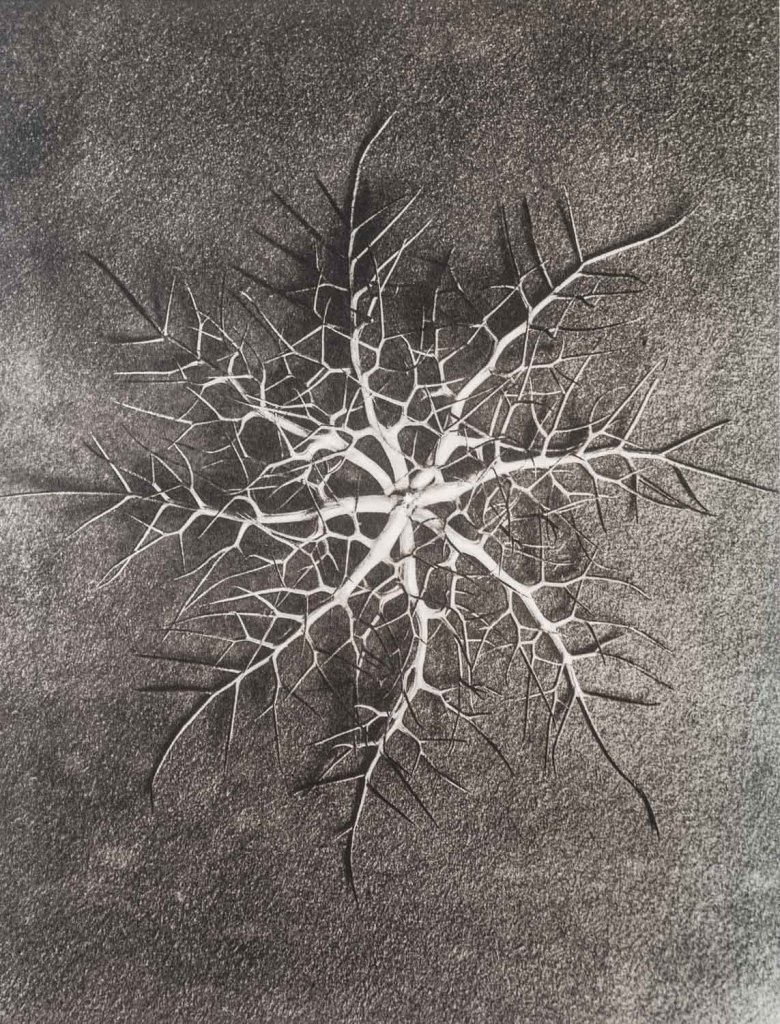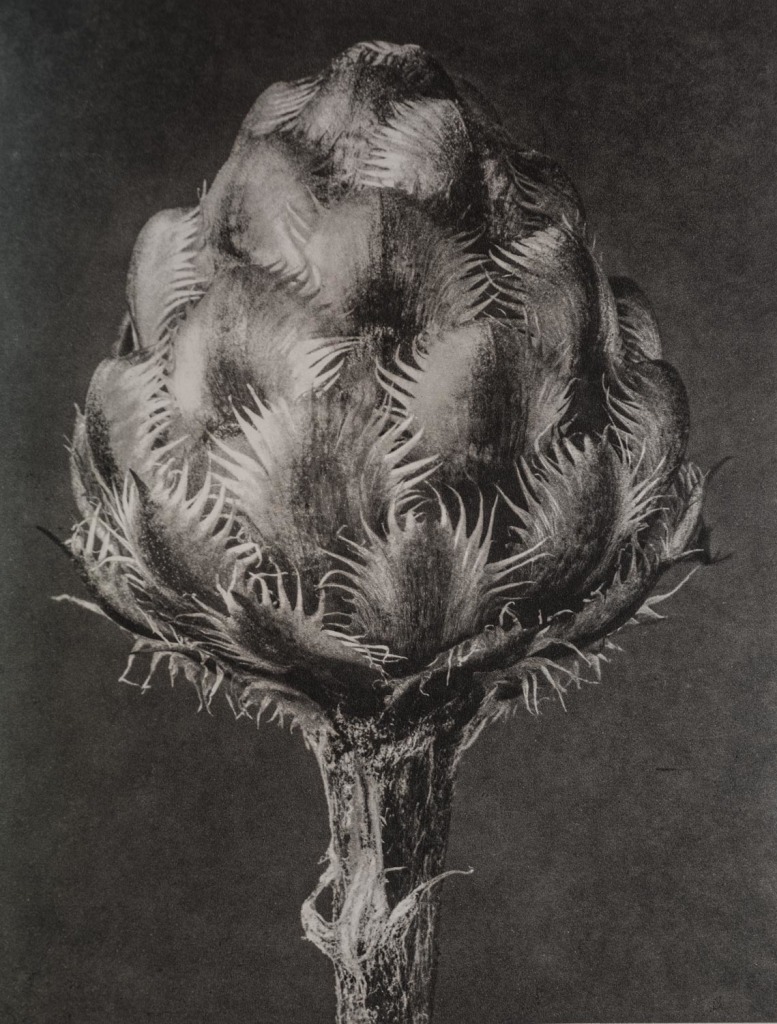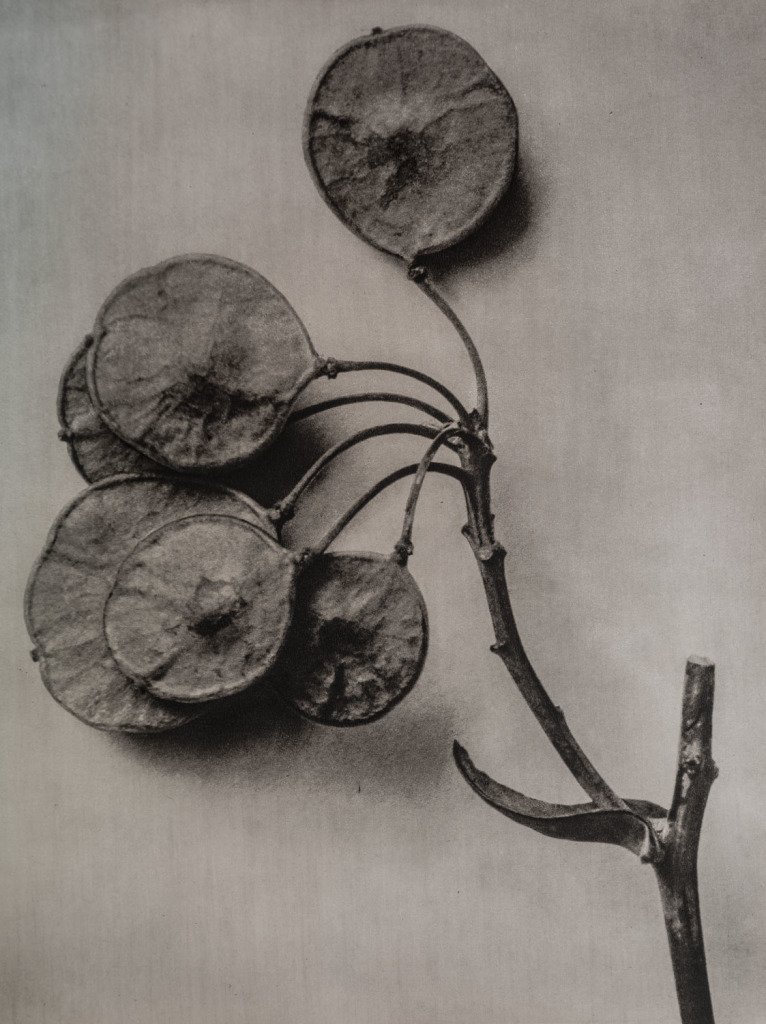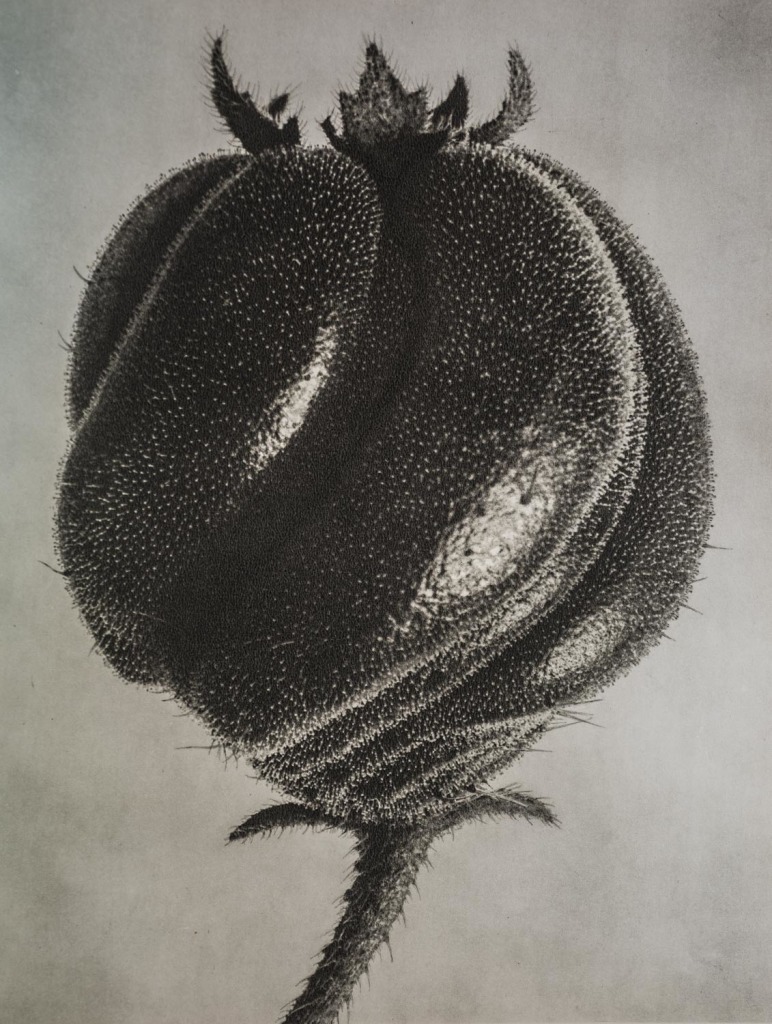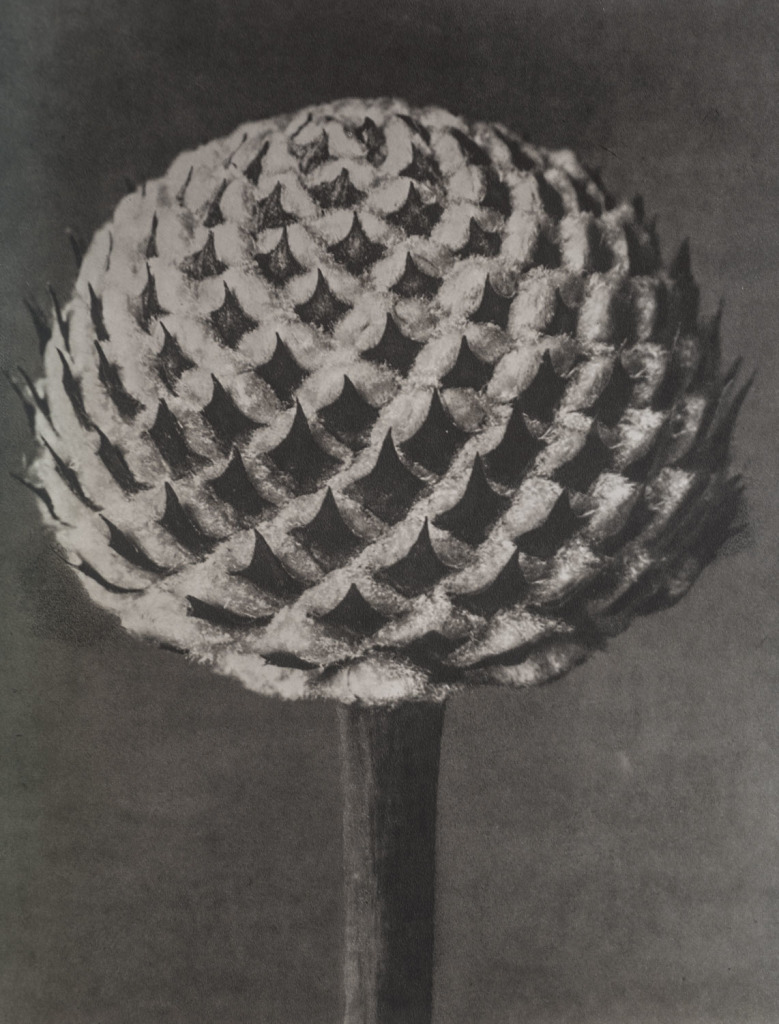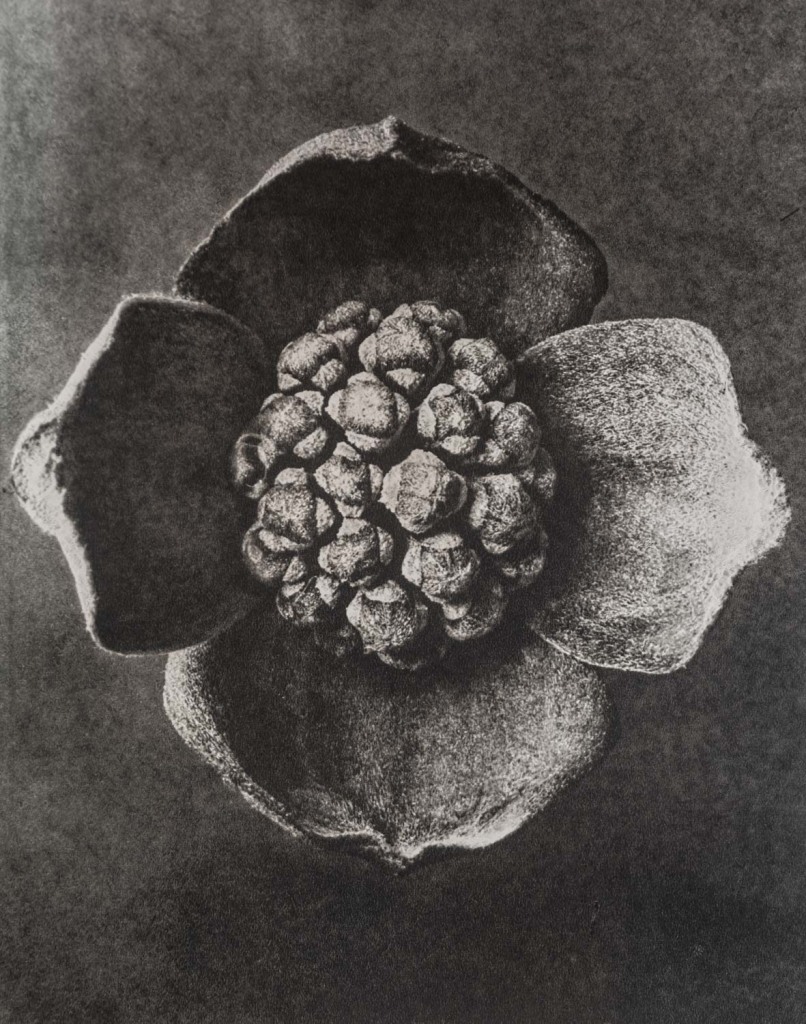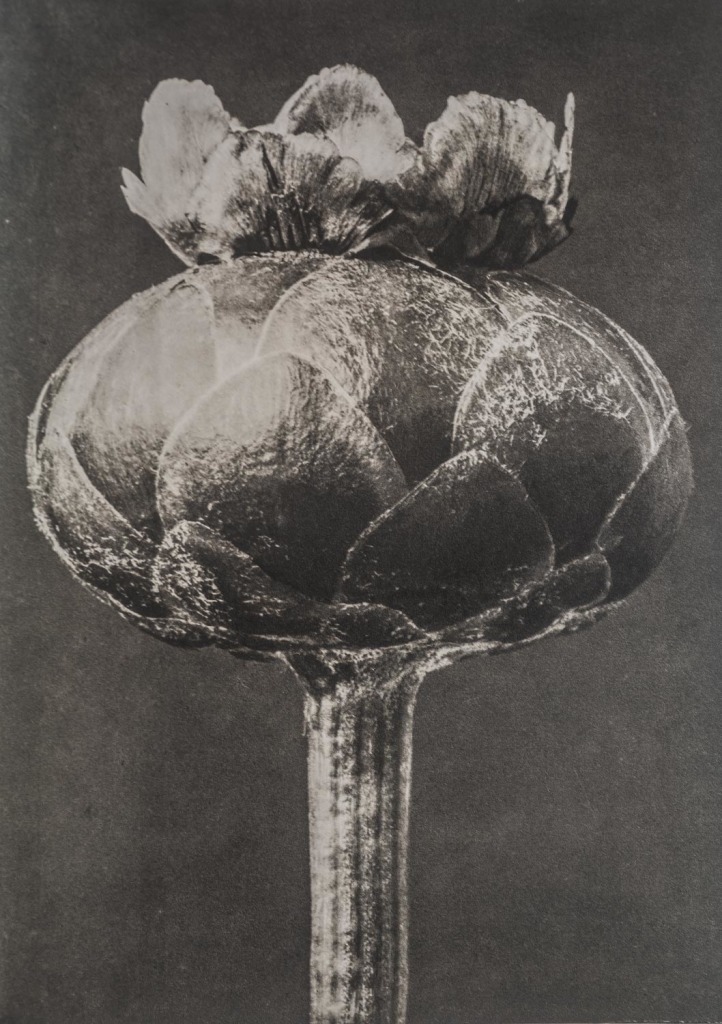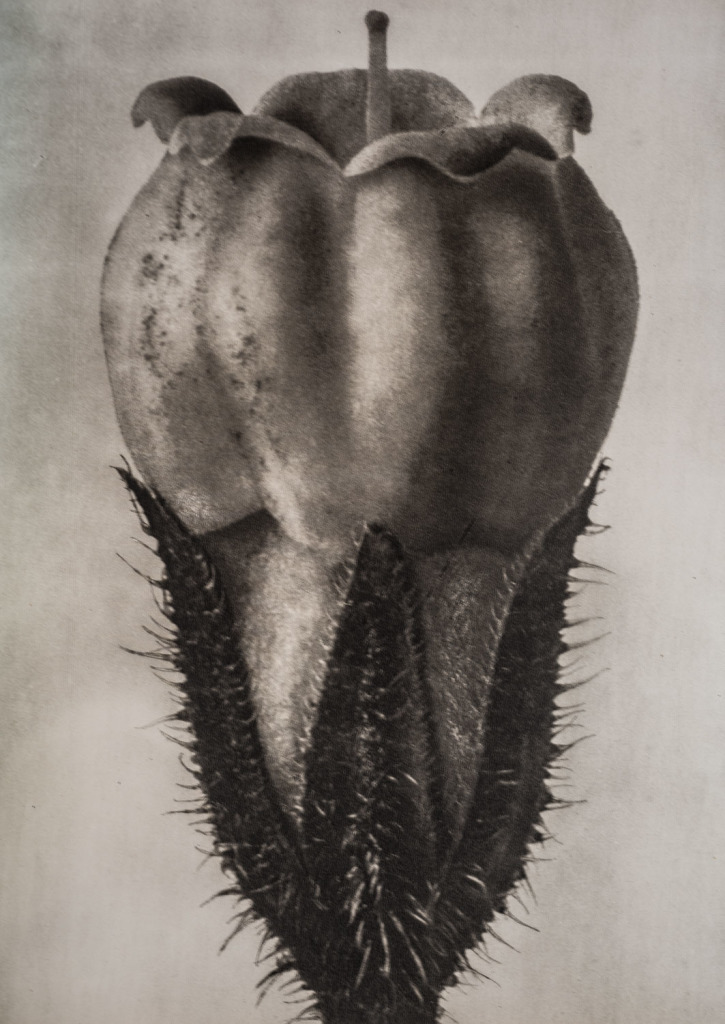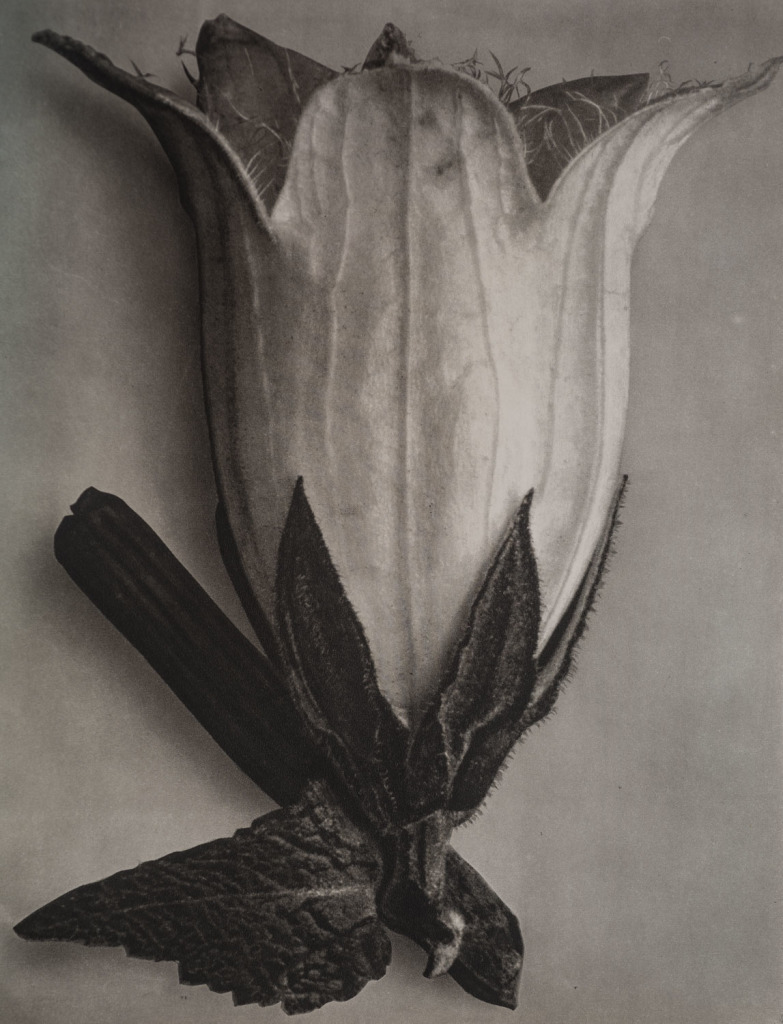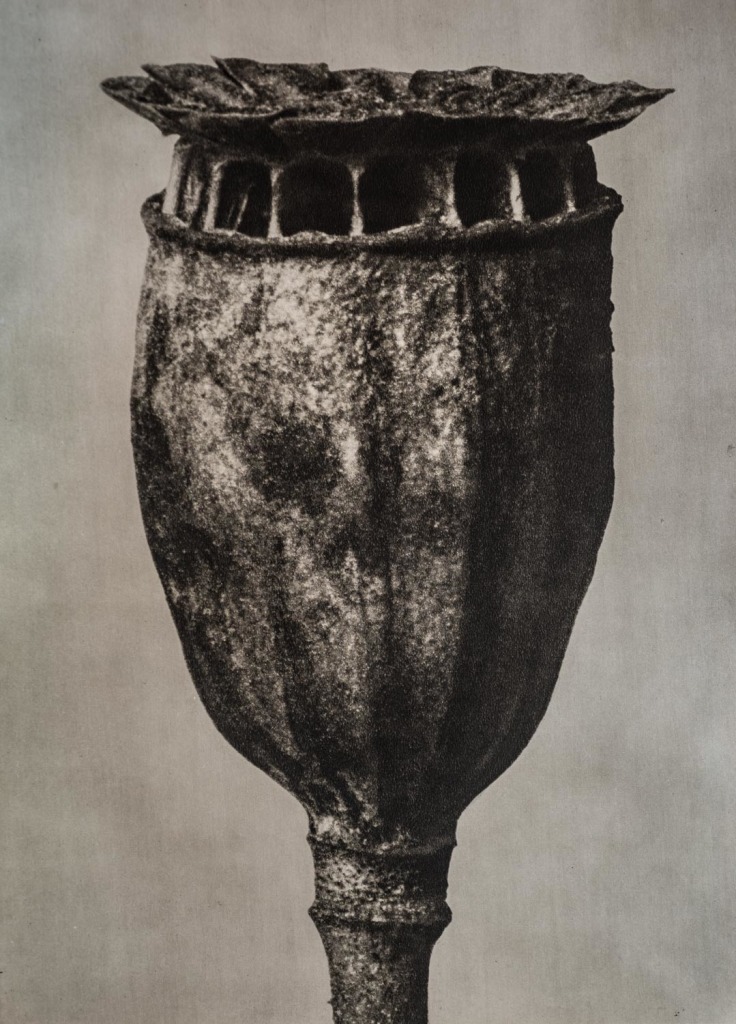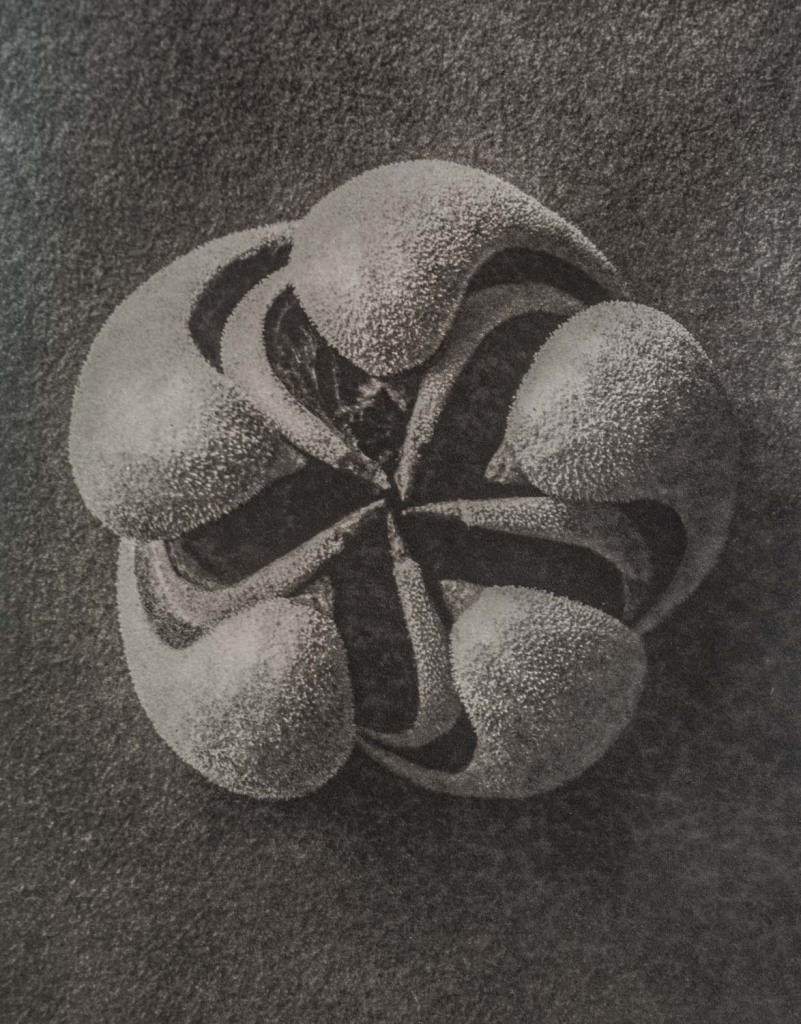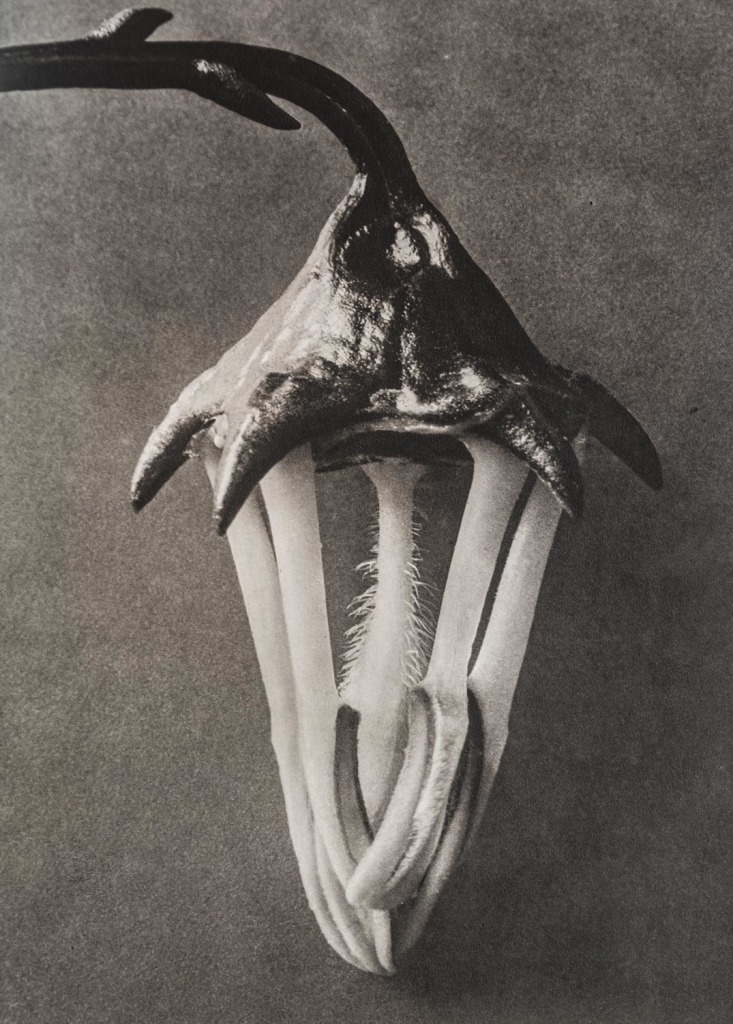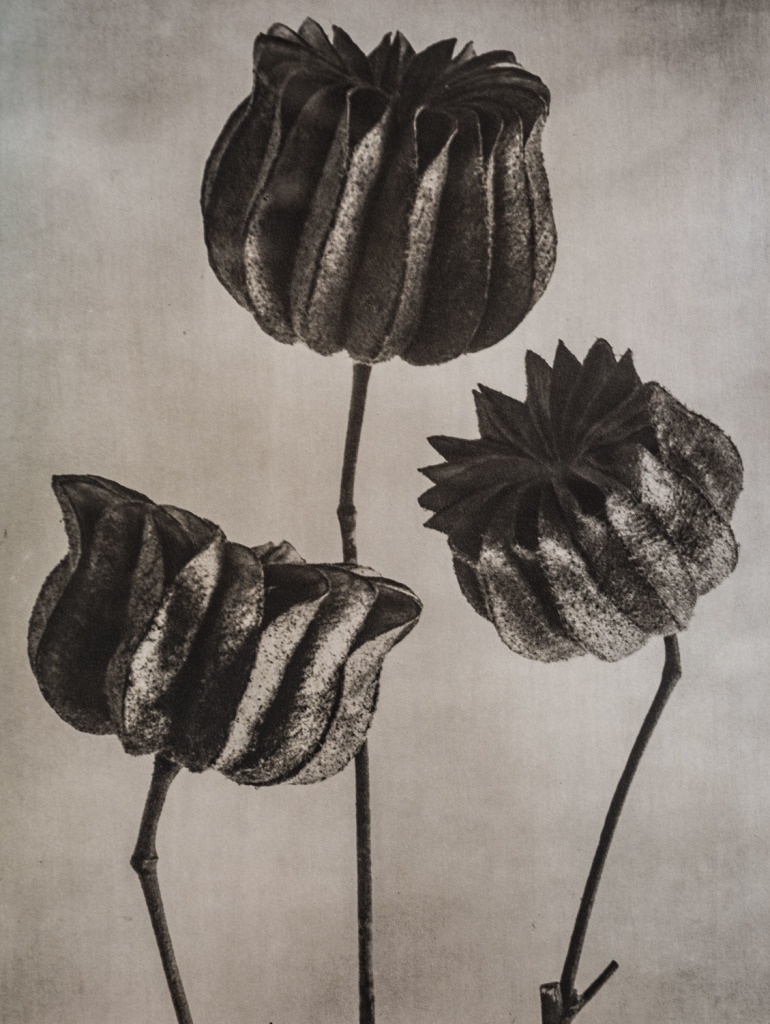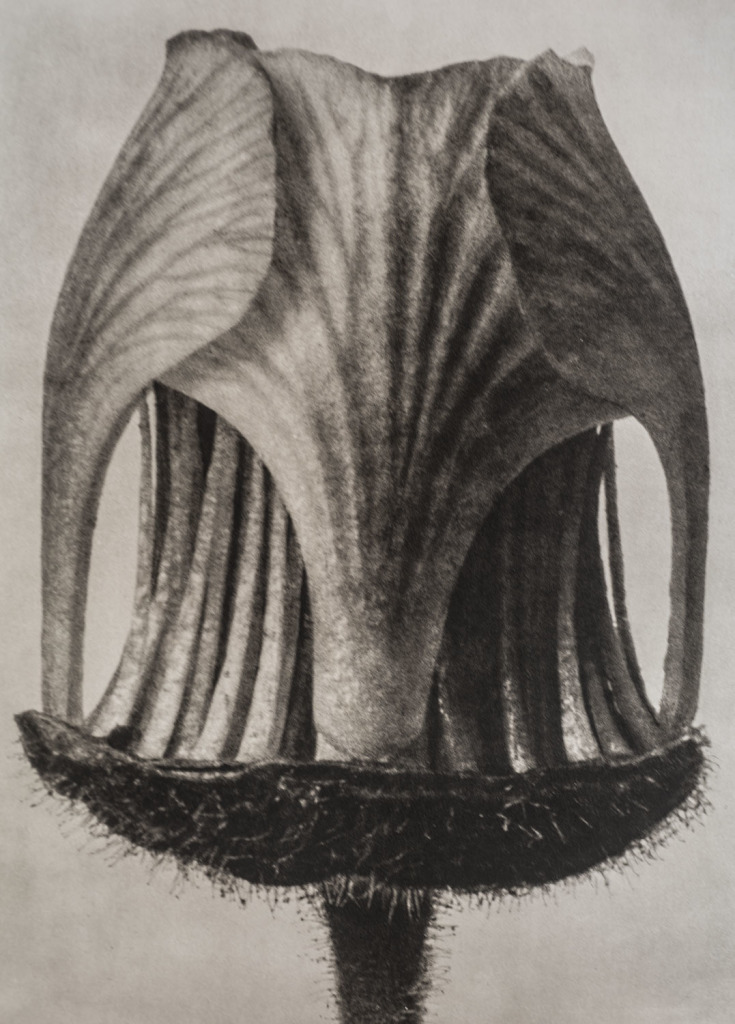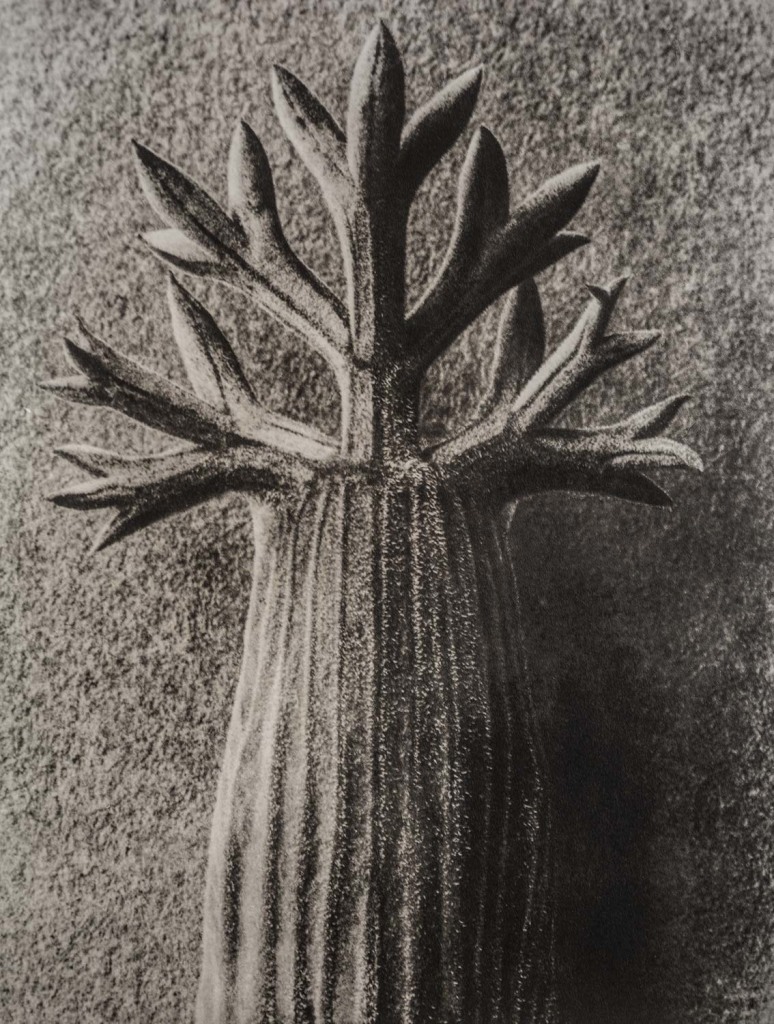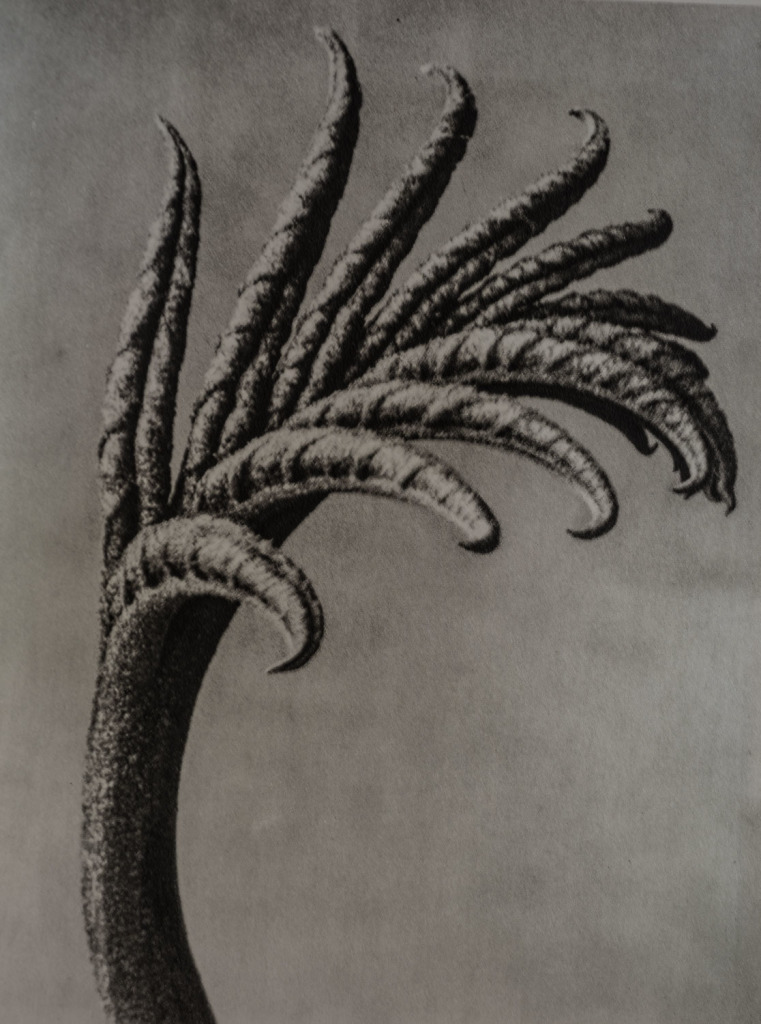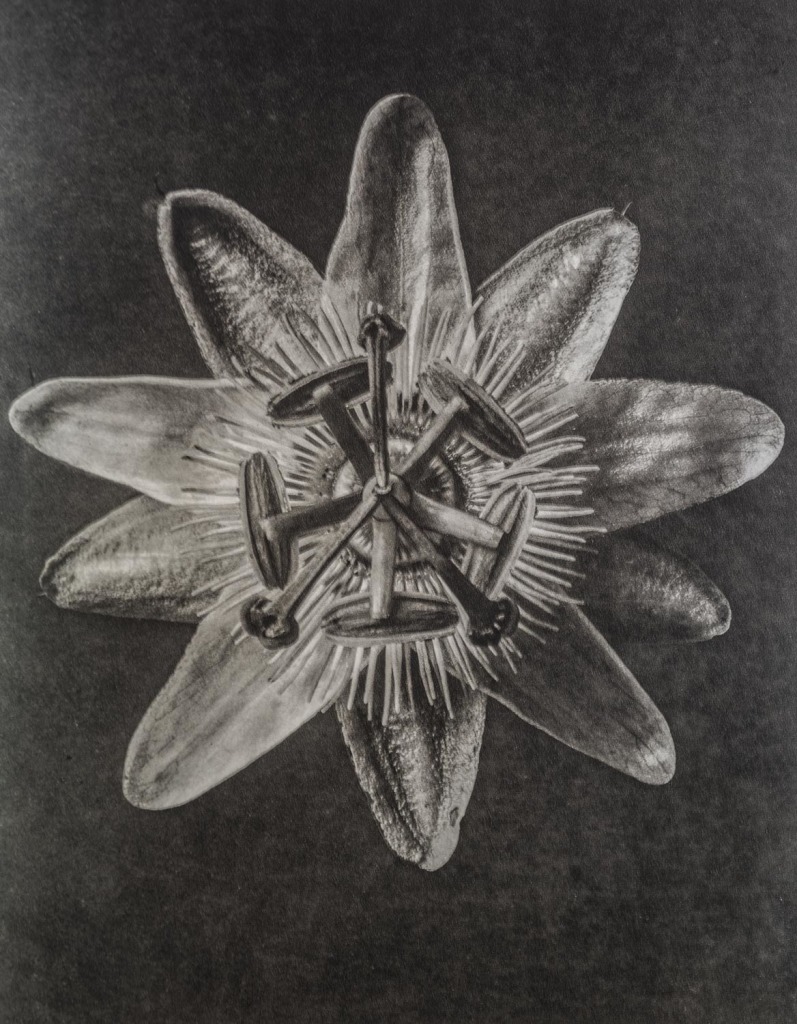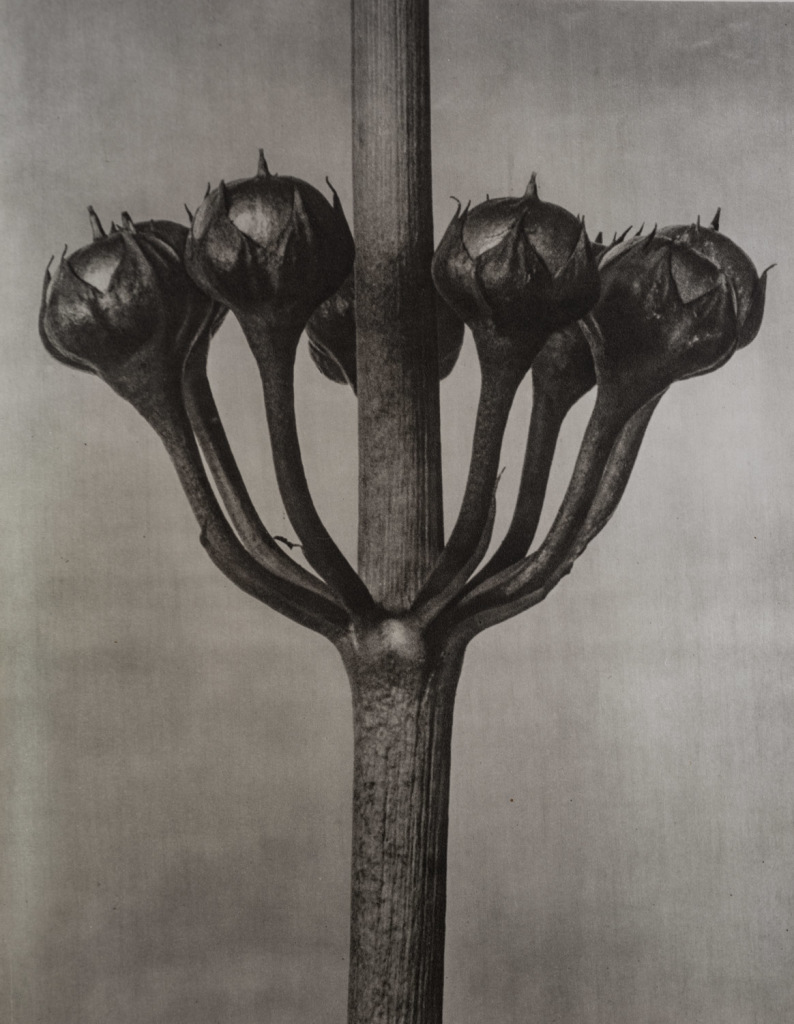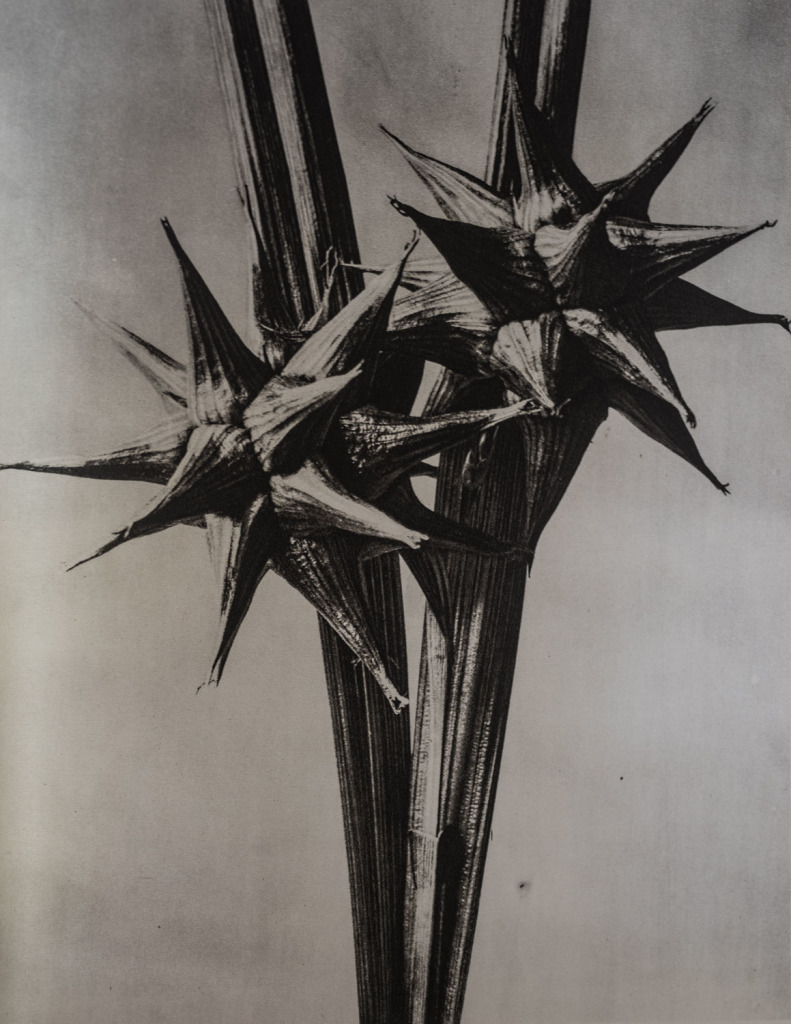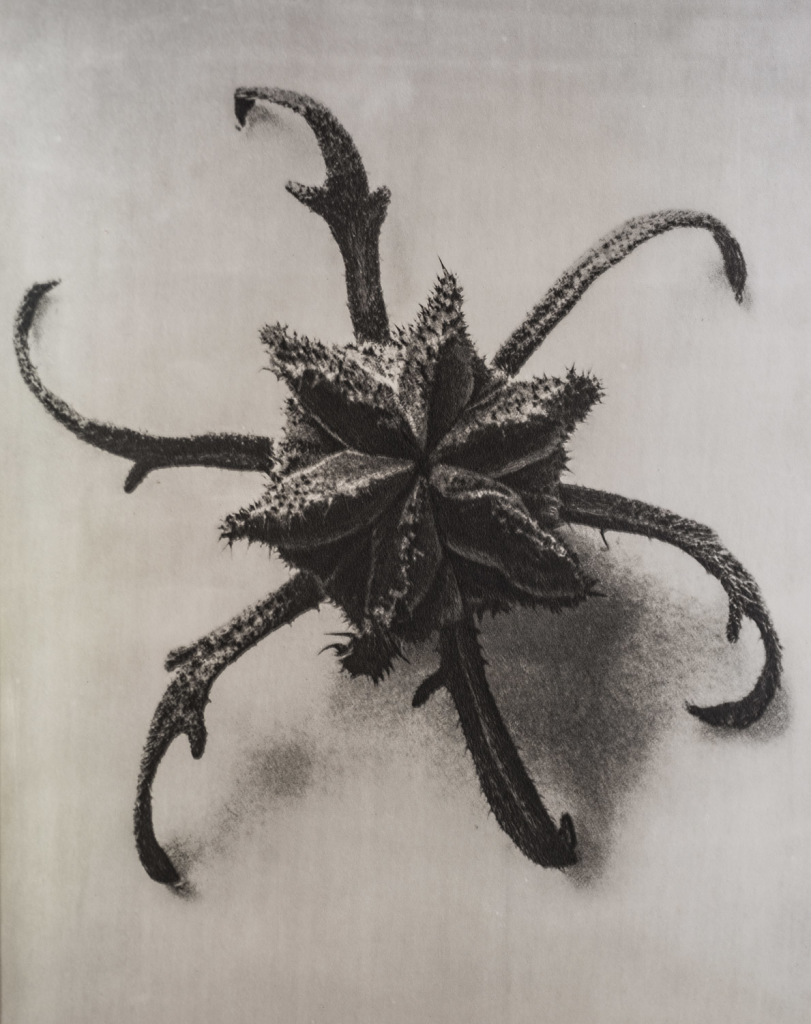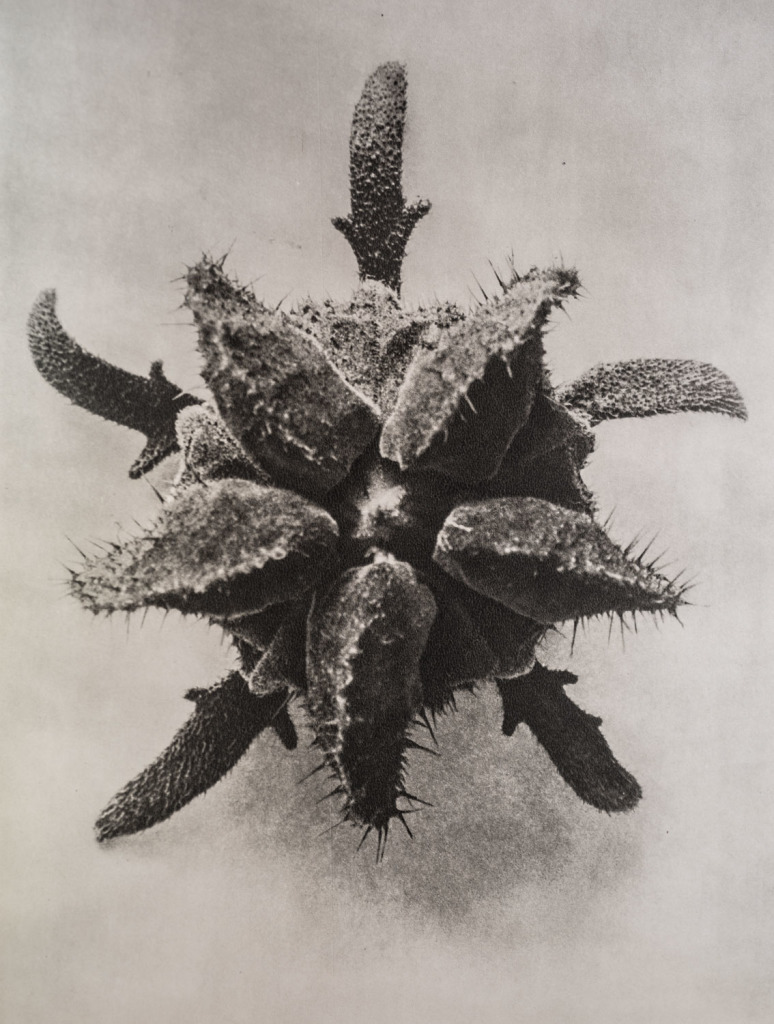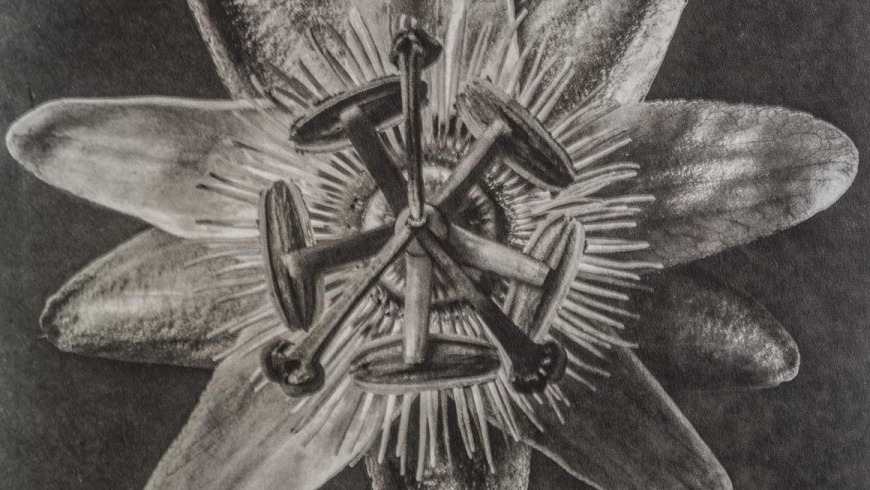THE WUNDER IN DER NATUR BY KARL BLOSSFELDT
an unparalleled photographic herbarium
photographs by Karl Blossefeldt (Barnum Archive)
words by Massimo Pacifico
No “non-photographer” covers an equivalent place to that of Karl Blossfeldt (1865-1932) in the History of Photography. Drawing and applied art teacher at the Unterrichtsanstalt des Königlichen Kunstgewerbemuseums (The Institute of the Royal Arts and Crafts Museum) in Berlin since 1924, he photographed, with self-built cameras, the most densely shaded forms of plant species to use them as a demonstration of his “naturalistic” theories in his lessons. The optic-photographic complex that he developed, and used, allowed him to enlarge up to 30 times the details of the plants that he studied as an example of “artistic and architectural structures”.
Self-taught Blossfeldt’s photographs were only known to his students until 1926 when they were exhibited at the Berlin gallery Nierendorf, and then published, two years later, in the book of Urformen der Kunst (Archetypal Forms of Art). They attracted the attention of a large audience. And not just non-professionals if the most acclaimed critic of Photography, Walter Benjamin, came to declare that Blossfeldt “has played his part in that great examination of the inventory of perception, which will have an unforeseeable effect on our conception of the world” and comparing his work to that of famous photographers such as August Sander and Eugene Atet, also authors of precious ” catalogues “(respectively of German Characters and of the city Paris).
The following pictures are taken from the volume Wunder in der Natur (Wonders of Nature), published posthumously in 1942 by H. Schmidt & C. Günther in Leipzig.

